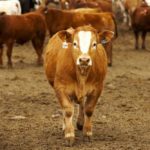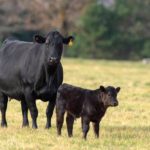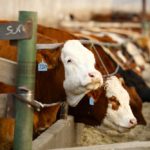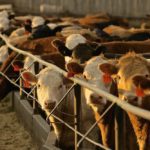Compared to last week, western Canadian yearling prices were relatively unchanged; calves appeared to trade $3 lower to as much as $5 higher. Weather conditions have played a larger role in the price structure this fall. Major finishing feedlots continue to focus on preconditioned calves and have left the unweaned or unvaccinated feeders to the […] Read more
1.












